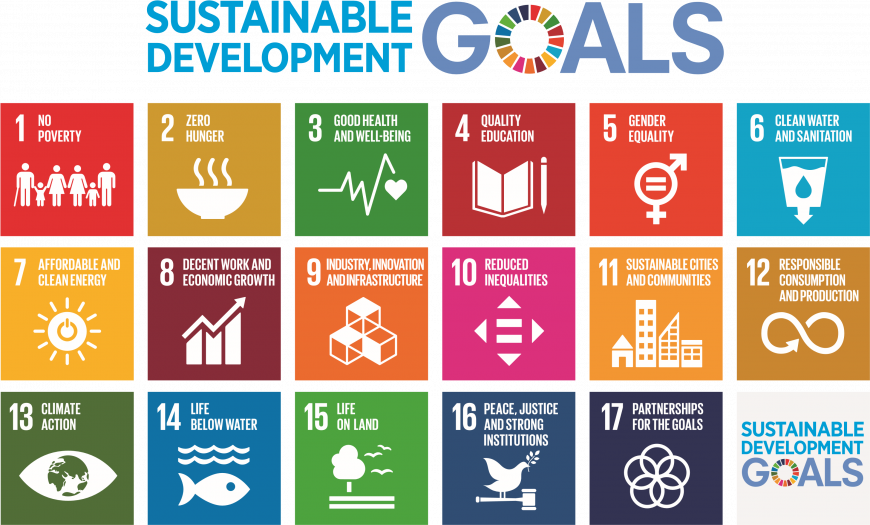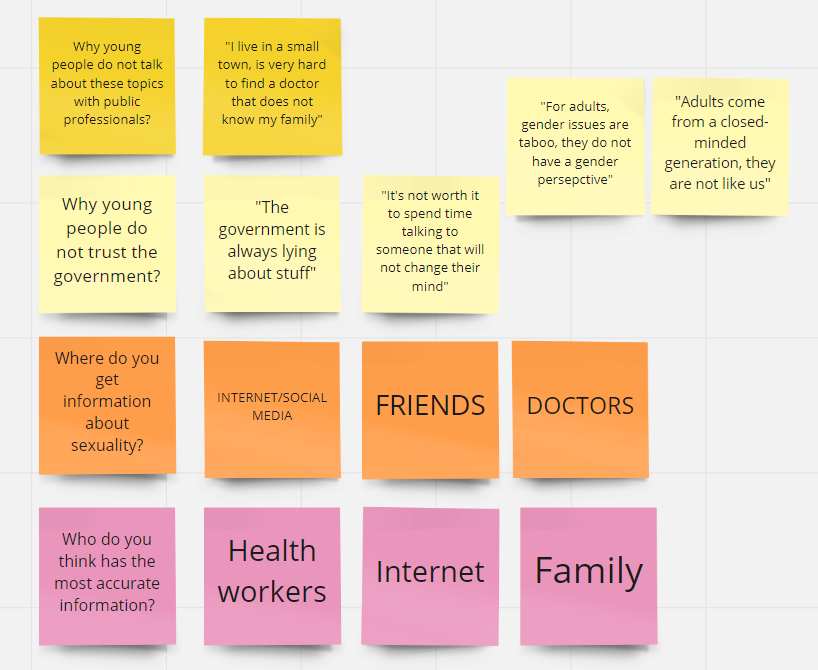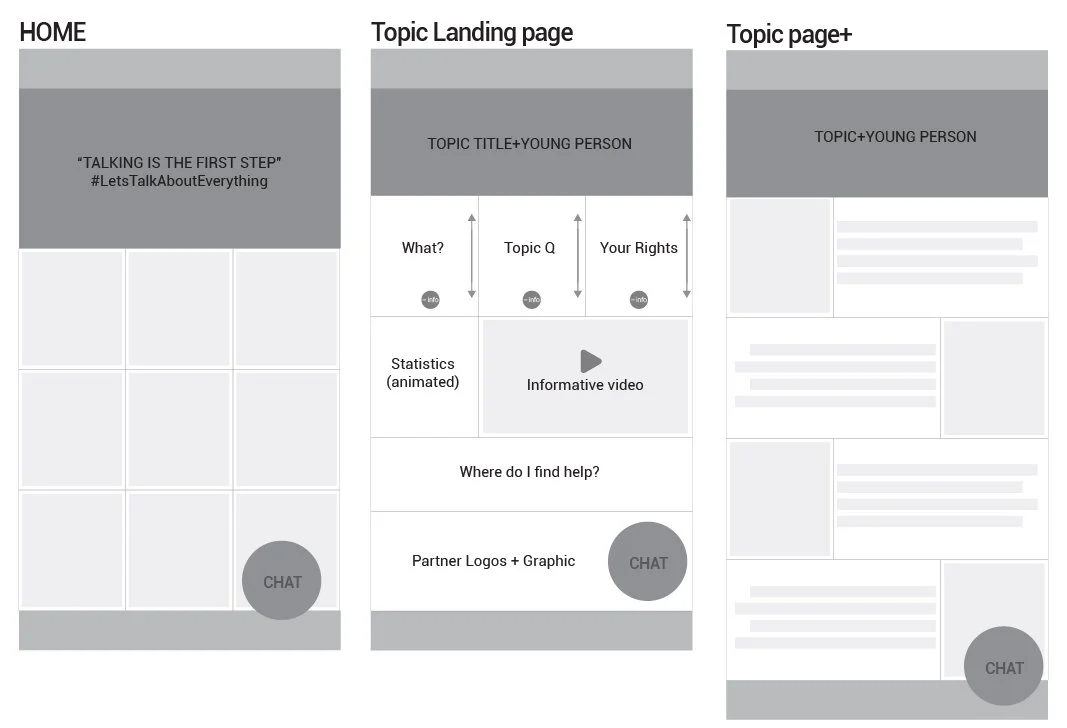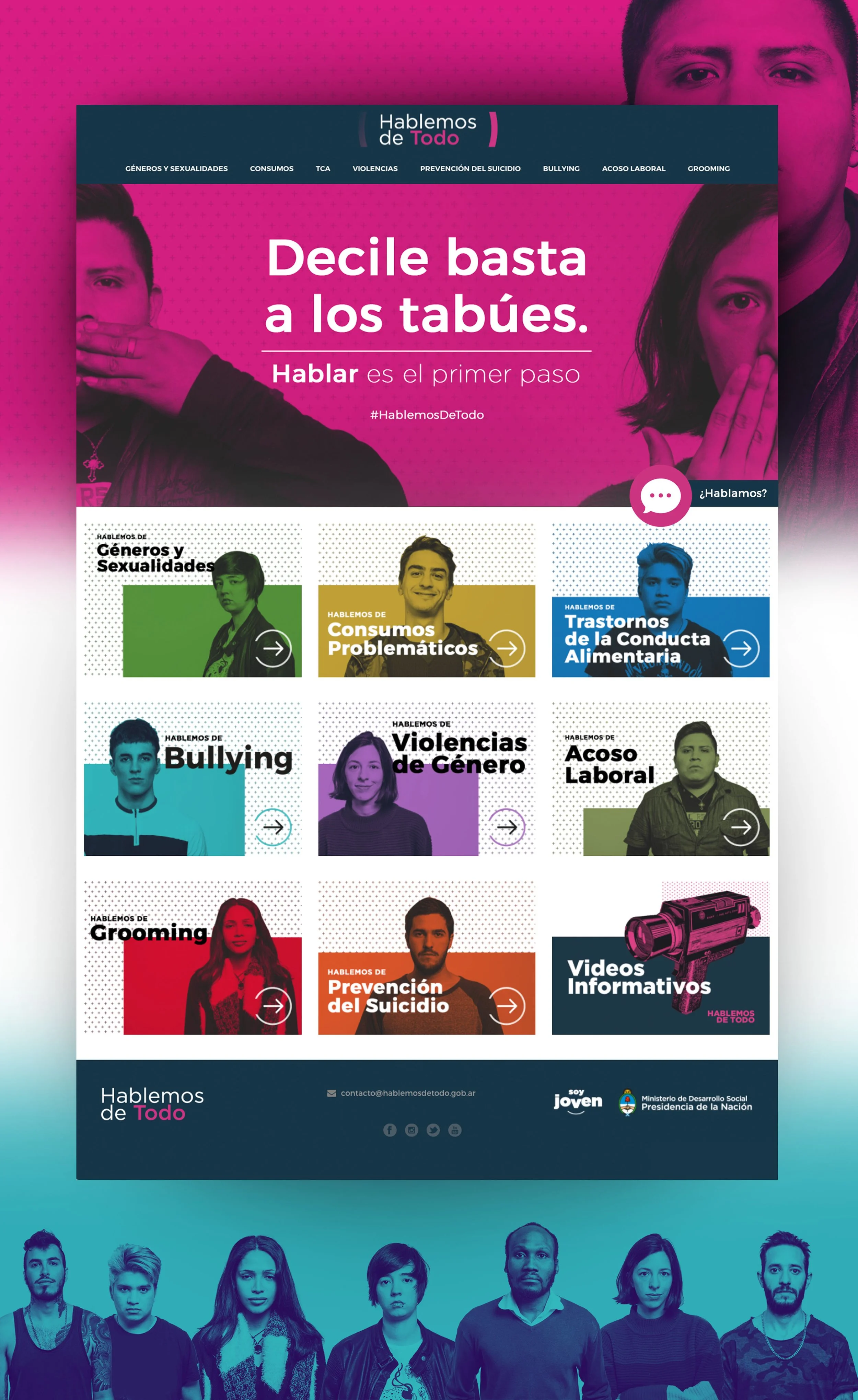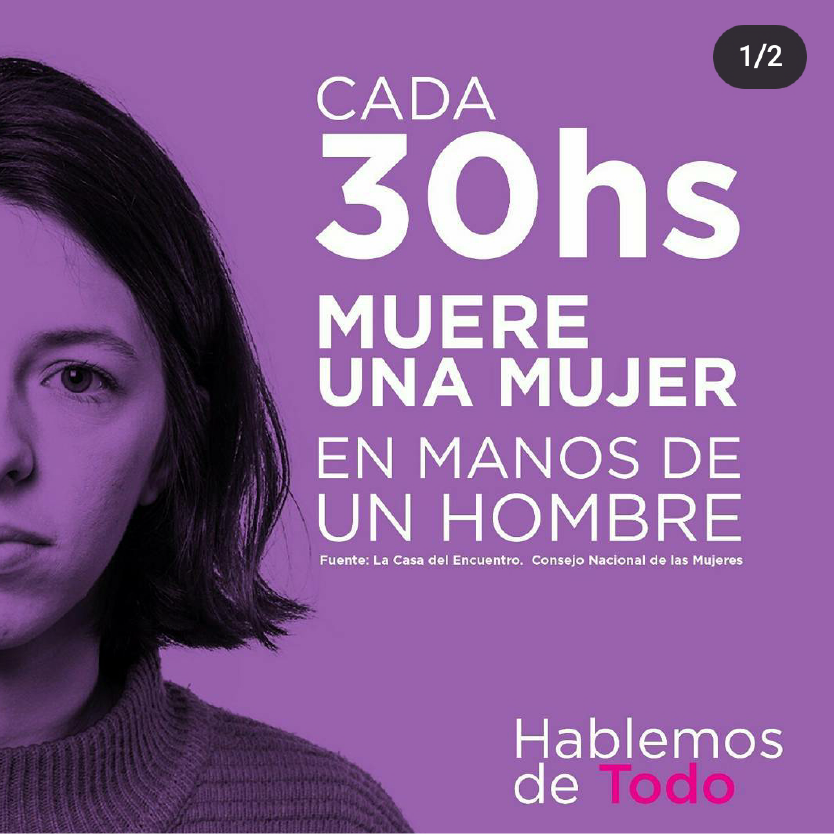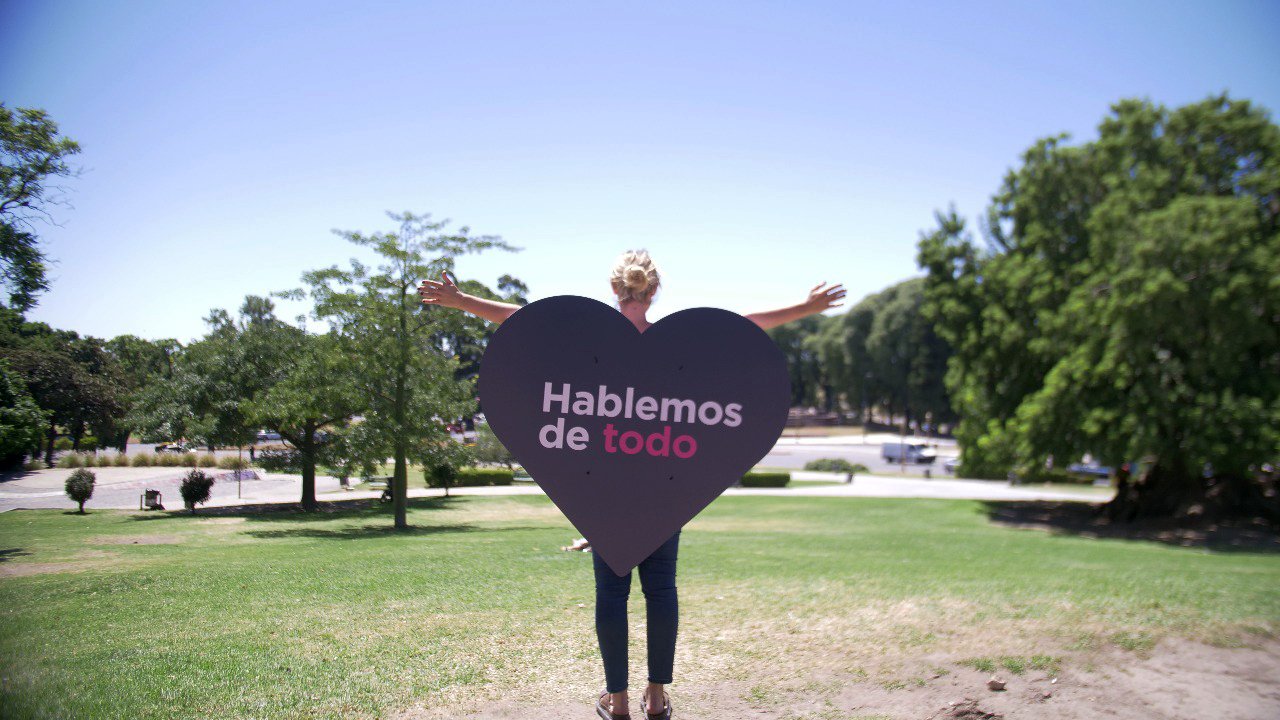
Let’s Talk About Everything
Let’s Talk About Everything is a program from the Argentine Government aimed to inform and create awareness among young people about taboo topics, such as sexuality, gender violence, bullying, problematic consumption, diversity, among others.
I was Lead Digital Designer (May 2016-Sep 2017), and then promoted to Program Manager (Sep 2017-Jan 2020)
PROGRAM STRUCTURE

The digital website was recognized by UNESCO, and they invited me as a featured speaker to the international symposium “Switched On” at Istanbul.
We had more than 1.5 Million unique users in 2 years, representing the 18.5% of the total youth in Argentina (8 million people).
The digital website was replicated by Chile’s government. Check it out here
The territorial strategy was replicated in Republica Dominicana and El Salvador
In 2018 we reduced unwanted teen pregnancy by %25,5 working with the National Teen Pregnancy plan. News article
Problem
Young people in Argentina are struggling to find professional help and safe spaces to talk about how they feel about their sexuality, gender identity, sexual orientation, gender violence, alcohol and drug consumption, bullying, among others.
They have lack of knowledge about these topics, and do not know public services available for them. Furthermore, it is very hard for the government to establish a trustful relationship with young people to talk about this topics.
Sustainable Development Goals
We worked together with United Nations to contribute with objectives 4 and 5 - Quality Education and Gender Equality. On 2020, I was invited by UNESCO to talk about our good practices in an international symposium about sexual education called “Switched On” at Istanbul.
User Research
We interviewed young people to understand better the problem. The team got insights from workshops we did with them about these topics, and we also did a National Youth Study across the country.
To get qualitative data we did 64 focus group and 360 personal interviews. To get quantitative data we did 2044 digital interviews.
We identified 3 types of user personas for our digital app. Users that do not have access to internet are targeted by a territorial strategy, where we physically go to the place they live.
1st persona: Teen woman that just started to discover their sexuality and identity. They are still at high school and are in need of guidance for the topic, it is very hard for them to talk to adults.
2nd persona: Early 20’s woman that are feminists and made a break with previous generation. They are very interested in gender equality and women’s rights.
3rd persona: Teen identified as men that are part of the LGBTIQ community. Specially these young people living in small towns, find it very hard to communicate about what is going on with them.
Key findings
A teen needs a safe space and trust worthy relationship to talk about sexuality
A teen needs access to sexual education information to learn and answer their doubts
A teen need confidentiality to open up about sensitive matters.
A teen needs to access healthcare in a safe environment to establish a close relationship with their doctors
A teen needs empathy with the people they talk about sensitive topics to open up and find help
Market Research
We analyzed 3 public programs that worked with the same topics for young people. The most interesting aspects we found:
online chat
very engaging audiovisual content.
How might we create a governmental safe space for young people to talk about their feelings and doubts?
After all the research we did, we decided to use an innovative communication strategy to increase engagement in Argentina’s youth. Instead of using the typical authoritarian language of government, we used the language, expressions, and aesthetics young people use. Consequently, we were seen as peers, and they shared stories freely about their struggles, and most importantly, they felt understood.
Content development
The biggest challenge was to align so much content with a young-people-centric communication strategy. This process required a massive collaboration and a lot of iterations between people from different backgrounds, teams, and institutions.
We worked together with sociologists, psychologists, and health professionals to create friendly content that was relevant, and provided all the information needed.
Website process
To make a coherent website, I designed modular wireframes for the 9 program topics combining different media resources such as videos, illustrations, images and interactive text. Every topic page has the same logic and resources.
Online anonymous chat
After our research, we knew that we needed to create a safe space for young people to talk about their sensitive matters. Reading information about these topics helps, but personalized interaction with a professional is a key feature to answer young people’s doubts and connect them to health institutions or other public services available for them.
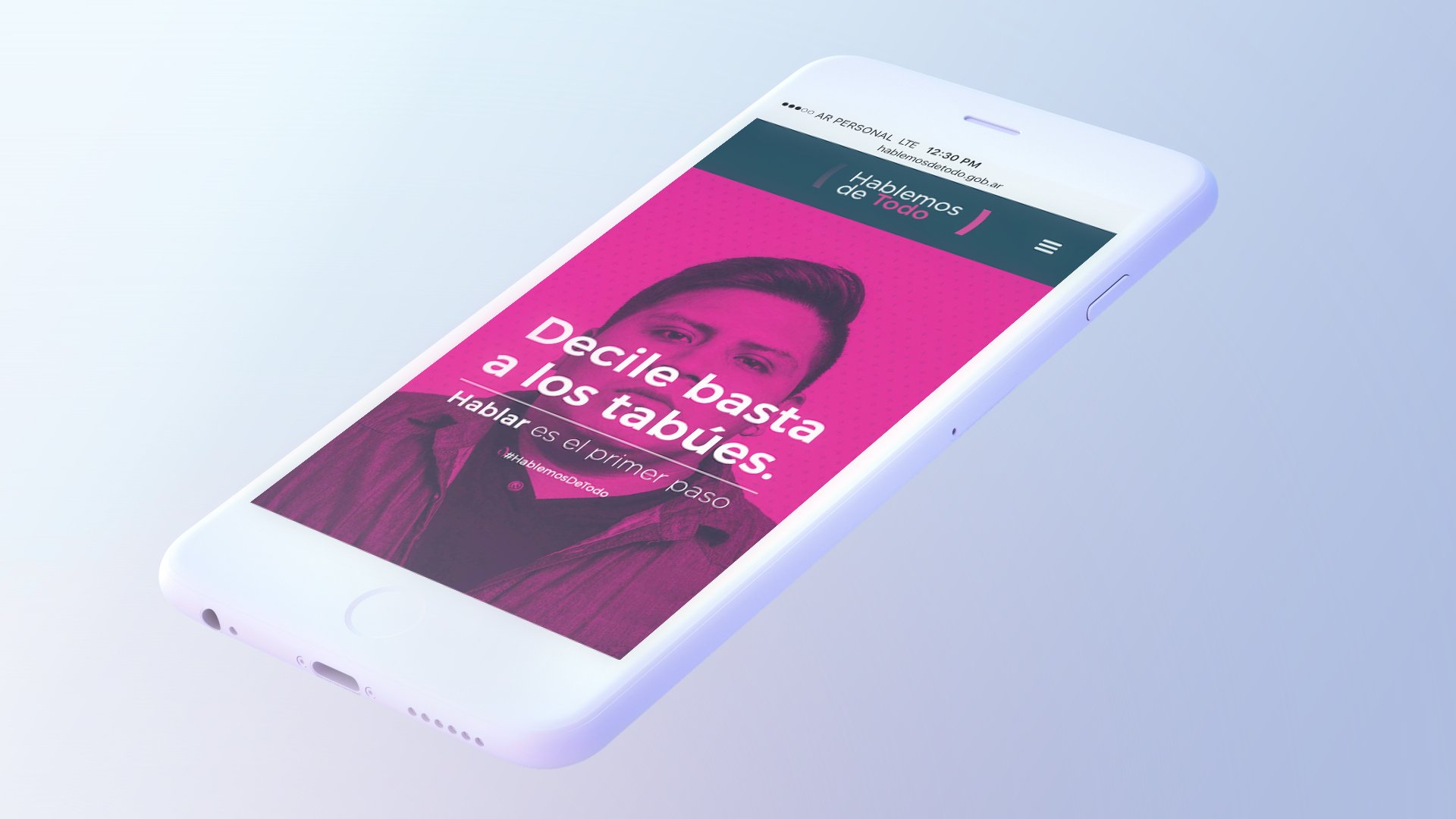
SOCIAL MEDIA
Young-people-centric content
Let’s Talk About Everything created new content in social media using young people’s personal queries and interests. For example, if many young people asked “what happens if the condom brakes?”, we posted information answering that question.
National campaign: “Yes, it does happen”
Together with a nation-wide plan aimed to reduce unintentional teen pregnancy, we developed a national campaign called “yes, it does happens”, to encourage young people to use long term contraceptive and condoms to prevent pregnancy.
The campaign was broadcasted on TV, radio, street ads, magazines, newspapers, and web-ads.
The results were oustanding. Not only private queries about sexuality grew from 26% to 83%, but also combined with a national plan, teen pregnancy was reduced by 25% (2019)
TERRITORIAL
Sadly, in Argentina 1 out of 3 babies are born in extreme poverty. This means that a lot of young people are living in poverty and many of them do not have access to internet, a phone, or a computer. That is why we developed a territorial strategy to reach to those who need us the most, we physically went to them and did different types of events.
Workshops, hackathons and massive events
Workshops are designed for young people living in extreme poverty. They are encouraged to express their struggles and opinions with fun games and dynamics in a safe space.
Hackathons are designed for young people living in low-income neighborhoods. During these events, they could express their struggles creatively by developing digital media, such as videos, images, and memes.
We participate with fun games about sexuality on music festivals, fairs, and local parties that young people enjoy to attend.
Our Partners

Thank you!
If you are interested in this project, please contact me to learn more about it.







